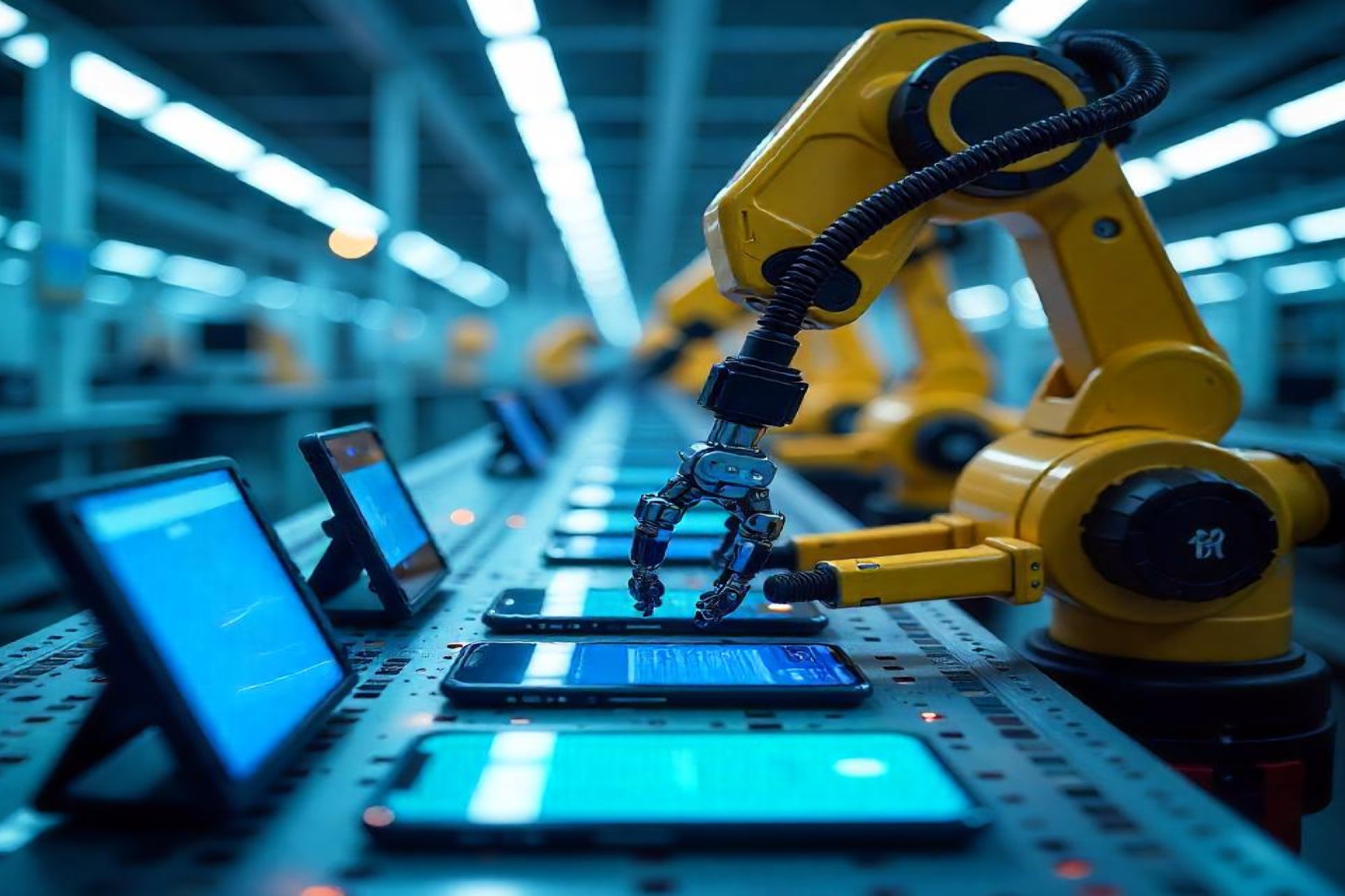How industrial lubricants play their part in energy efficiency?
By OEM Update Editorial February 10, 2017 3:15 pm IST
The role of lubricants is not just restricted to reduce friction. Lubricants have also started helping the industrial sector with the use of energy efficient lubricants. A review on how lubricants play their part in energy efficiency.
Selection of lubricants is not an easy job. Factors like projected life of a gearbox, the seals associated with it and the overall performance of the box within an application comes into play when one wants to select a lubricant. In the recent times, manufacturers have been keen on pushing the machine performance to their limits in order to increase the productivity and reduce the downtime. All this is done to offer a greater amount of satisfaction to the customer. However, in this race to provide solutions to the customer, a major factor that can help achieve high performance levels is mostly overlooked: proper lubrication.
Lubricant suppliers have been and manufacturing specially lubricants tailored to the requirements of industrial applications for decades. There are general technical requirements that all lubricants must meet, such as reducing friction and wear, protecting against corrosion, dissipating heat and providing a sealing effect. But, depending on the operating conditions and manufacturing processes in your plant, lubricants may also be expected to provide a host of additional properties.
The most common types of industrial lubricants are oils, greases, pastes, and waxes. Typically, an oil lubricant contains 95 per cent base oil (most often mineral oils) and 5 per cent additives. Greases consist of lubricating base oils that are mixed with a soap to form a solid structure. Pastes contain base oils, additives, and solid lubricant particles. Finally, lubricating waxes are comprised of synthetic hydrocarbons, water, and an emulsifying agent, which becomes fluid when a certain temperature level is exceeded.
“The use of lubricants has had a great impact on the operations sector. Hence, the proper selection, usage and their proper management can bring great results with an improved efficiency and profitability,” says Akhil Jha, Vice President – Technical, Shell Lubricants India.
Ensuring longevity is another factor in case of lubricants. Jha says, “The most fundamental function of a lubricant is to provide safeguard to customers’ capital investment by protecting their equipment and vehicles from wear and corrosion, even under the most severe conditions.” In many industries, the gears, bearings, engines and other mechanical components operate at the extreme loads and high temperatures. It is at this point according to Jha that effective lubricant solutions become a critical aspect in order to protect the equipment from wear and tear and also to maximise the output.
Energy losses in equipments
The loss of efficiency in a gear box can be categorised in two types- speed dependent and load dependent. The load dependent losses are a result of the internal fluid friction and metal to metal contact. A suitably formulated lubricant in combination with carefully selected base oils and additives act as a remedy for load dependent losses.
Frictional losses can occur under the following lubrication regimes: hydrodynamic, elasto-hydrodynamic (EHL) and most significantly boundary lubrication, where metal surfaces are in contact. Hydrodynamic lubrication exists in systems where the contact occurs over a relatively large area and the pressure in the contact region is not too high. Elasto-hydrodynamic lubrication comes into picture with components where the load is supported over a small area. In the case of Boundary lubrication, it occurs as the bodies come into closer contact at their asperities; the heat developed by the local pressures causes a condition which is called stick-slip and some asperities break off.
Lubricants’ contribution to fuel efficiency and lowering emission levels
Commenting on the contribution of lubricants to the fuel efficiency, Jha says, “An analysis of the energy scenario in which our customers operate leads us to the conclusion that in many countries fuel costs are high, fuel demand is growing, and usable energy sources are increasingly becoming scarce. In India, we have existing and new legislation aimed at reducing carbon dioxide emissions by increasing fuel economy. Moreover, original equipment manufacturers (OEMs) are now even more interested in using low-viscosity oils to reduce friction and meet fuel economy requirements.”
Jha further adds, “Not only lubricants, but technical services that ensure regular monitoring of maintenance practices also play a major role in enhancing energy efficiency. For example, one of our technical services, Shell LubeAnalyst, helped a leading Indian mining customer achieve an oil drain interval of up to 6000 hours with Shell Rimula R4 which was 70 per cent higher than the oil drain interval observed with the earlier product used. The company has estimated a total annual saving, across numerous machines, of more than US $427,000.”
Explaining how lubricants can play a major role in the energy efficiency for the industries, Hari Prakash M, CEO, GP Petroleums says, “Industrial lubricants are widely used across factories and plants during the production or manufacturing processes. The reduction of friction between surfaces in mutual contact is the main role of lubricants and this eventually reduces the heat generated when the surfaces move. This study of friction and wear is referred as Tribology. The usage of industrial lubricants reduces friction between moving machinery parts and therefore its working consumes less energy.”
Hari Prakash says that in order to take up energy saving measures, the industries have started adopting ‘energy saving lubricants’ in place of conventional ones. The energy saving lubricants are specially formulated by incorporating combination of best quality base oils, synthetic oils and friction reducing additives.
Specially formulated lubricants improve drive efficiency, extend maintenance cycles and enhance equipment durability. Energy-efficient synthetic gear oils, formulated to optimise viscometric and friction characteristics, can significantly reduce the power-consumption requirements of gear-driven equipment, while enhancing gear drive durability and significantly lowering energy costs. This is the key area where the role of lubricants in energy efficiency can be highlighted.
“Gear lubrication depends on three primary factors,” explains Hari Prakash. “Factors like viscosity of the lubricating film, type of base fluid and performance additive. Proper fluid viscosity enables the development of a lubricating film to separate the mating teeth and carry the transmitted load. The lubricant base fluid – either mineral oil or synthetic oil – determines the resistance of the fluid to degradation over time and temperature. Addition of compatible performance additives can enhance performance and extend the useful life of the lubricant,” he further adds.
The cutting fluids also have a crucial role to play in case of manufacturing industries. The usage of cutting fluids reduces friction, saves energy and delivers high quality products. There are many types of metal working fluids viz. mineral oil based, semi-synthetic and synthetic fluids. They could be neat cutting oil or water soluble emulsions.
“If the usage of the improved energy efficient industrial lubricants rises across factories and plants nationwide, the resultant savings due to increased energy efficiency can lower manufacturing costs and thereby making domestically manufactured products and services more competitive in the global marketplace. Additionally, better energy efficiency means lowering India’s crude import bill and moving towards an eco-friendly tomorrow,” concludes an optimistic Hari Prakash.
IPOL Lubricants is one of the established name in industrial lubricants in India since 1973, having ‘state of art’ manufacturing plant in Mumbai. It is present in practically all manufacturing segments and process industries as well. The R&D section is presently focusing on developing & introducing many energy saving lubricants, especially tailor made for industrial applications.
On a concluding note, most of the OEMs and the end users have a notion that extra cost of high-quality gear oil is worth the investment and that synthetic oils are proven to be the best. By choosing high-quality synthetic gear oil, end users will save energy and reduce operating costs through reduced maintenance, longer oil change intervals, and less wear.
Cookie Consent
We use cookies to personalize your experience. By continuing to visit this website you agree to our Terms & Conditions, Privacy Policy and Cookie Policy.
















